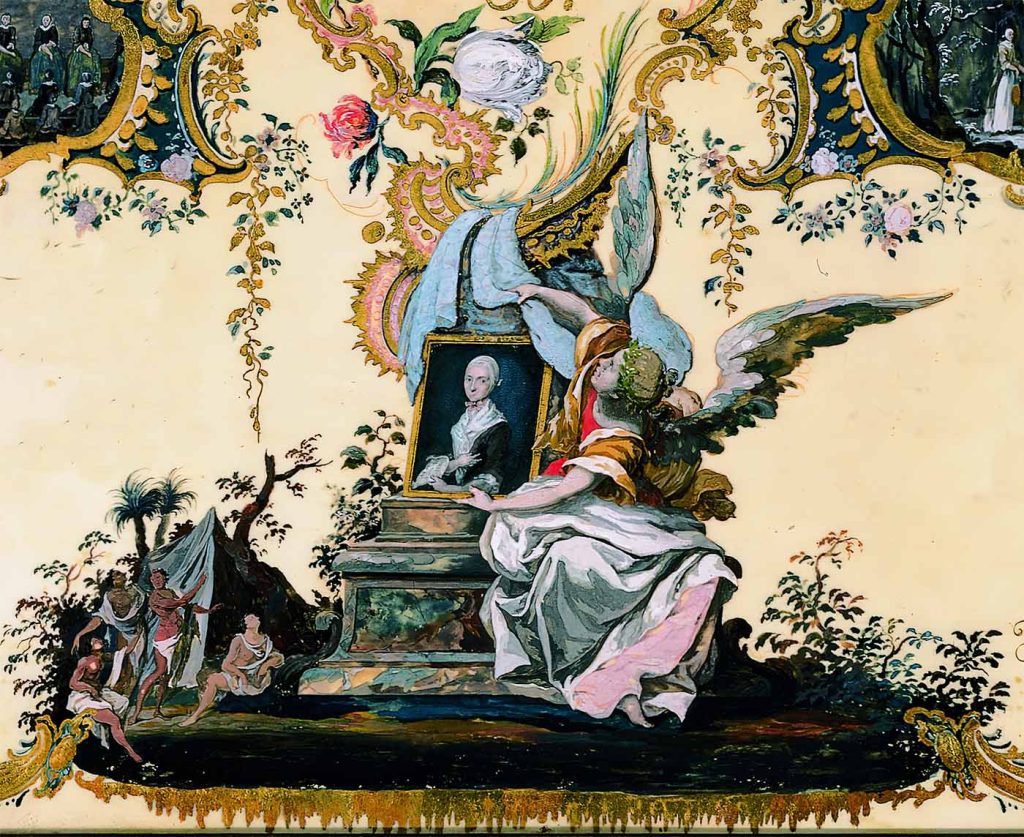Teenage Anna Nitschmann Leads Her People into Greater Commitment to Christ
by Dr. A. Kenneth Curtis
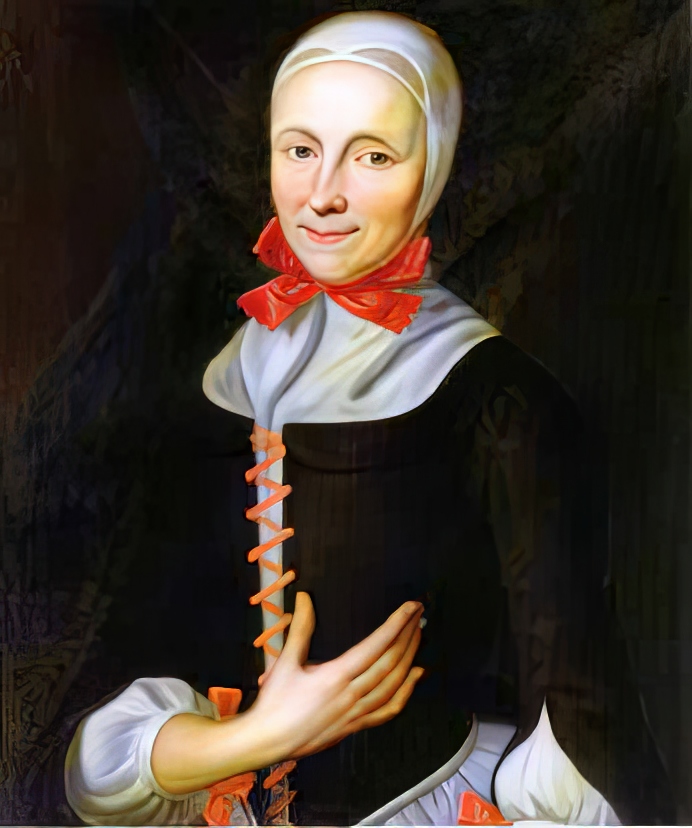
THEY GATHERED TOGETHER for the drawing of lots. The time had come to select a leader, a “chief eldress” for the women in the bustling community of Moravians at Herrnhut (in what was East Germany). Four names were put on slips of paper. One was Anna Nitschmann. Only 14 years old, she had already demonstrated leadership among the single women.
The girl must have tried hard to appear calm as the choice was announced. It was Anna. Was it a suppressed smile or a look of fright that crossed her face as her name was read? She probably noticed some scowls of consternation. The drawing of lots was supposed to discern the leading of God. But she was so young–in this case had there been a mistake?
God’s Choice
Count Zinzendorf, the leader of this new Moravian movement, strongly advised Anna to refuse the appointment. But the young peasant girl respectfully reminded the nobleman that she was accepting the appointment as from the Lord. Just as the surprising choice of the shepherd-boy David proved decisive for Israel, so the choice of young Anna would be for the Moravians.
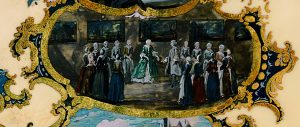
The Moravians are one of the most interesting groups in the history of Christianity. Spiritual heirs of the Bohemian martyr John Hus, they suffered religious persecution for generations until a remnant found refuge on the estate of Zinzendorf in 1722. Here, in the town they called Herrnhut, a growing, thriving community developed. While still in Moravia, Anna Nitschmann’s father and older brother had been jailed for their christian faith. They managed to escape to Herrnhut, where they became actively involved in the Moravian community. That was 1725.
Spiritual Awakening
By 1727 dissensions had sprung up within the community. Various feuds and grudges were disrupting this happy place. The concerned leaders prayed earnestly about these developing problems and, after a communion service on August 13, 1727, an unusual spiritual awakening swept across the people there.
The whole community sensed that they needed to turn from their pettiness and pursue God’s calling. Those with bad attitudes repented, relationships were restored, and an around the clock 24-hour-a-day prayer meeting was begun, with teams taking one hour at a time. (This prayer meeting would go on for over 100 years!)
One of those deeply affected was Anna Nitschmann, then just twelve. She dedicated her life to the Lord’s service, and immediately began organizing the young women of the community into a kind of club for worship and ministry. It was this activity that caught the eye of community leaders and made them nominate her for the chief eldress position.
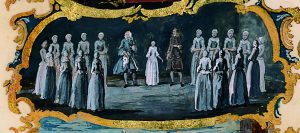
“Single Sisters”
Six weeks after this election, Anna led 18 of the “single sisters” to devote themselves so thoroughly to Christ that even marriage would take second place. This commitment was a major one, signaling a serious desire to serve the Lord. This “single sisters” group would grow over the following decades, providing a stream of courageous missionaries. Later, Anna became part of the “Pilgrim congregation,” a group of spiritual storm troopers ready to go anywhere to spread the name of Christ. Her missions travels took her to numerous countries, even to America, where she helped in the founding of Bethlehem and Nazareth, Pennsylvania, and ministered effectively among various Indian groups.
To the early Moravians Anna was known as the Selige Juengerin, the blessed woman disciple. She had by example demolished the doubts about what a young person could do, and what a woman could do, in the service of Christ.
Anna was known as the Selige Juengerin, the blessed woman disciple.
Rebel Teen
Anna had a bit of a rebellion shortly after her family escaped to Herrnhut. She seemed to lose interest in religious things. The community was going through severe turmoil at the time, so that didn’t help much. When someone in the community would press for her conversion, she would snap, “First get converted yourself, and then talk to me.” It was the awakening of August 13, 1727, that turned her around.
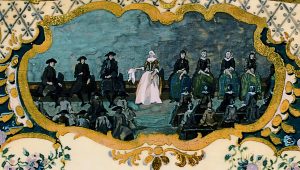
Her Hymns
In an era when women were not looked to as hymn writers, Anna wrote more than 30 hymns that were published in the Moravians’ German hymnal. A few of her hymns include:
- Deeply Moved and Duly Heeding
- Jesus, Thyself To Us Reveal
- My Savior, That I Without Thee
- I Am Needy, Yet Forgiven
- I Thirst, Thou Wounded Lamb of God
Called to a Count
Anna twice refused offers for marriage. But one year after Count Zinzendorf’s wife died, he asked Anna to marry him and she agreed. She was a commoner and he a noble, but within the Herrnhut community, all were equals, and Anna, now 41, had proven her Christian commitment time and time again. (Remember that this is the same Count who urged the young Anna to refuse church leadership.) They were married in June, 1757.
Mission Explosion
By the time of Anna Nitschmann’s (and Count Zinzendorf’s) death in 1760, the Moravians had sent out 226 missionaries and baptized more than 3000 converts. That was only 38 years since the founding of the Herrnhut community and only 28 years since they sent their first missionaries.
This article is used by permission of the author. It first appeared in “Glimpses” from the Christian History Institute.
The illustrations on this page are from a work of art presented to Anna by the Single Sisters on the occasion of her 30th birthday. CLICK HERE to see the full page and Dr. Katie Faull’s description of each scene.

